At NEM, bring attention to the critical significance of preserving optimal heart health. Beyond mere awareness, we provide practical advice and guidance for lifestyle changes that promote heart well-being. Our ongoing article series aims to offer valuable evidence-based insights, supporting your journey toward a heart-healthy lifestyle.
Read our introductory discussion on heart health here or explore the link between diet and heart health here.
Achieving and maintaining a healthy heart involves various components. The “Life’s Essential 8” represents the comprehensive factors of cardiovascular health, as outlined by the American Heart Association (1). These eight components are crucial for assessing and optimizing cardiovascular well-being (Figure 1).

Figure 1: Life’s Essential 8 includes the 8 components of cardiovascular health. Adopted from (1)
In this article, we will focus on physical activity as one of the primary components of Life’s Essential 8 (1).
Regular physical activity and exercise have numerous benefits for heart health. They can reduce the risk of heart disease, heart attacks, and even death (2). Exercise helps to lower the chances of developing diabetes, high cholesterol, obesity, and high blood pressure, which are all important risk factors for heart disease. It can impact cardiovascular regulatory peptides, lower C-reactive protein (CRP) levels, and delay the development of cardiovascular diseases (CVD) (3). Exercise also helps reduce body fat levels and improve insulin sensitivity, which are effective methods for preventing CVD (3).
In a recent publication in the European Society of Cardiology, exercise was compared to “treatment polypill” and “multisystemic-prevention CVD vaccine” (2). The authors suggest that physical exercise may represent a useful and practical prescription “drug” or even a “polypill” and a highly recommended “vaccine” in CVD prevention due to its cardioprotective effects. The term “treatment polypill” refers to a combination pill that includes multiple medications to manage cardiovascular risk factors, while “multisystemic-prevention CVD vaccine” suggests a broad approach to preventing CVD through interventions that address multiple systems or risk factors simultaneously. These terms emphasize the potential of physical exercise to provide systemic benefits in preventing and managing CVD.
How much exercise do we need?
As per the latest guidelines from the World Health Organization (WHO) for adults aged 18-64, a healthy lifestyle involves engaging in at least 150-300 minutes of moderate-intensity aerobic activity, 75-150 minutes of vigorous-intensity aerobic activity, or a combination of both every week (4). Additionally, muscle-strengthening activities targeting major muscle groups should be incorporated into the routine two or more days a week, at moderate or greater intensity, for added health benefits (4). The guidelines emphasize that further benefits can be derived from increased aerobic activity. It is also advised to reduce sedentary time and replace it with any level of physical activity. Moreover, exceeding the recommended levels is encouraged to counteract the adverse effects of prolonged sedentary behavior on health. These guidelines provide a comprehensive framework for individuals to maintain an active and healthy lifestyle.
If you want to learn more about the effect of exercise on health, refer to our articles on VO2 Max: Predictor for Longevity and Cardiovascular Health and exercise snacking.
References:
- Lloyd-Jones DM, Allen NB, Anderson CAM, Black T, Brewer LC, Foraker RE, et al. Life’s Essential 8: Updating and Enhancing the American Heart Association’s Construct of Cardiovascular Health: A Presidential Advisory From the American Heart Association. Circulation. 2022 Aug 2;146(5):e18–43.
- Exercise effects on cardiovascular disease: from basic aspects to clinical evidence | Cardiovascular Research | Oxford Academic [Internet]. [cited 2024 Jan 10]. Available from: https://academic.oup.com/cardiovascres/article/118/10/2253/6363794
- Lu Z, Jiang H. Healthy heart, happy life. Indian J Med Res. 2014 Sep;140(3):330–2.
- Physical activity [Internet]. [cited 2023 Nov 1]. Available from: https://www.who.int/news-room/fact-sheets/detail/physical-activity



